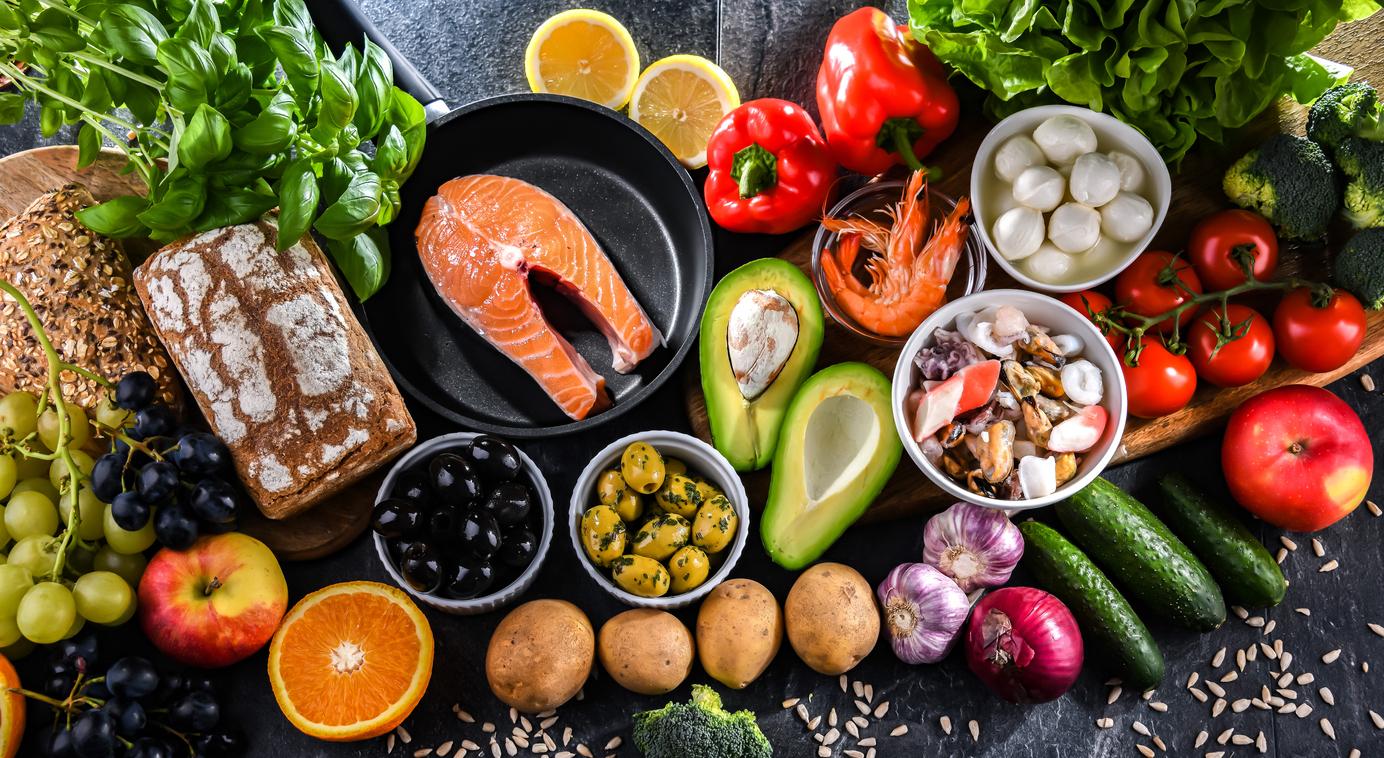“Hyperlight (20 calories per 100 g), champion in invigorating vitamin C (100 g of yellow pepper cover 3 times our needs), fiber stimulating intestinal transit (2 g per 100 g), potassium (and low in sodium) , bell pepper is the perfect slimming vegetable”, explains Frédérique Laurent, naturopath. In addition, his capsaicinalthough present in very small quantities, stimulates the metabolism and helps lower cholesterol levels.
Another weapon in its bow: its nicotine – yes, the same as in tobacco since it is from the same botanical family – anti-Parkinson’s disease since it is a neuromodulator intervening at the level of the dopamine receptors. Let’s be clear, smoking does not in any way cure the Parkinson disease and certainly brings significantly more health problems. And in tobacco, it’s not the nicotine that’s the problem!
What color for my bell pepper?
The green pepper is an unripe red pepper, the yellow/orange is halfway through. The color changes, but it’s the same food at different stages of maturity.
“To each his own health properties, even if all peppers are first-class antioxidants”, continues our expert. The best: mix the colors to take advantage of their detoxifying, anti-inflammatory, anti-nervous disorder, anti-aging, anti-fatigue, anti-cancer (breast, colon), anti-arthritis effects.
Read also : How to make children love peppers
Green, red, yellow: each has its own properties
The green pepper : slightly bitter, it is crunchy and suitable for cooking. It’s the most rich in chlorophylldetoxifying and purifying, and luteolin, which promotes learning by blocking neurotoxic disruptors.
yellow and orange peppers : soft, juicy, they are tops in coulis, pan-fried, velvety, pies, stuffed. The bosses in vitamin C (184 mg / 100 g, twice as much as the greens which already contain 92 mg), and the best choices for violaxanthin and lutein, anticataract and Macular degeneration.
The red pepper : it is tender, sweet, almost sweet. Perfect marinated in oil, in a Niçoise salad, stuffed or in caviar. It is the richest in beta carotenecapsanthin, luteolin and capsorubin, versatile anti-aging, anti-inflammatory and protective antioxidants.
Read also : Focus on the red pepper, ultravitamin
Raw pepper or cooked pepper?
Raw, it gives all its power in vitamin C, especially the yolk, and in folate, cardiac protectors. “But cooked with gentle heat (steam, oven), it is more digestible and provides the maximum of antioxidants, well assimilated especially in the presence of a drizzle of olive oil“ explains the naturopath.
Third way: the fermented preparation, neither raw nor cooked, which reinforces both the flavor, the content of healthy compounds and the digestibility. Directions: rinse the peppers, remove the seeds, cut them into strips, place them in a jar that is filled with a mixture of water + salt (brine). Close and leave to ferment for a week at room temperature then put in the fridge. We obtain raw but ultra-digestible peppers and vectors of more health compounds, in particular probiotic friendly bacteria. Your gut microbiotawill thank you.
How to cook bell pepper
Always remove its seeds. Prefer it organic, because in conventional, it is too often treated.
Do you digest it badly? Steam it for a few minutes to soften its skin. Or forget it in a soft oven (100 to 120°C, th. 3-4), for 1 hour, then in a “bath” of olive oil for 3 to 4 days.
Allergic, especially to green pepper? It’s an oral allergy syndrome (it itches and stings in the mouth). Cook it, the proteins in question are destroyed during cooking.
Sliced in a salad: slice it with a mandoline and add it to a salad of cucumber, tomatoes, feta, black olives and minced new onions.
Stuffed: cut in half lengthwise, like tomatoes, with stuffing meat mixed in equal parts with lean ground beef to lighten it.
Grilled in the oven: cook whole peppers in a dish in the oven at 240°C (th. 8) until their skin browns. Peel and deseed them, then cut them into strips. Serve with garlic, olive oil, salt and pepper.
Also read: The top 10 foods good for the brain


















